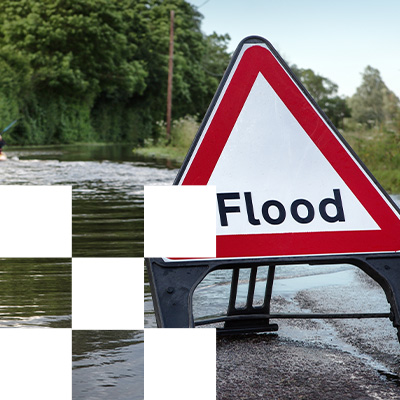The good news is, OS have been adding more detail to their base product recently. Examples of the new attributes in OS MasterMap include the footprint of individual buildings; overall height; plot size; number of outbuildings; distance to the nearest road or away from perils such as high flood risks, etc.; the distance to greenspace areas, and new building type definitions such as ‘end of terrace’ and ‘mid terrace’ labels.
The even better news is that OS have been working on a new commercial licensing arrangement too, making it easier to access detailed attribution data on a national scale – bringing down the cost of location intelligence for insurers overall.
Now, instead of “AA22 AZA” being the starting point for a quote, a team can see a richly-patterned idea of what risks are being faced by the mid-terraced house with two sheds, and a garden backing onto a railway line. When it’s combined with other datasets as well, such as census insights, crime statistics, points of interest, foot traffic etc., OS MasterMap starts to feel like an essential tool – and to use that tool effective, well, that’s where we come in at emapsite.
Finding the right expertise
Using any map – visualising a property’s whereabouts with a postcode – is one thing, but using OS MasterMap to deliver actionable insights takes a certain level of experience and data-manipulation.
We’ve been helping leading UK-based insurers to do this for many years. Combining our location intelligence expertise with their sector insights, we can extract the precise derived data needed for a whole customer segment; an entire risk array; a large-scale quotation scenario – or many thousands of quotations at an individual level, in real time, in a specific geographic area.
In-house, we have all the ‘big data’ tools and resources needed to find these insights. What’s more, we can combine data sets – even insurers’ own historic claims data, for example – to tackle very specific questions. And of course, we can deliver the answers as flat file downloads, as a cloud-hosted service on demand, via an API streaming into proprietary systems or in any format needed.
It’s a unique mix of location data experience and expertise. You won’t find it everywhere. But you might find it invaluable, if you’re an insurer that wants a very competitive edge…
Simon Goodwin, Practice Head - Insurance, Finance & Banking at emapsite.com
Connect on LinkedIn


